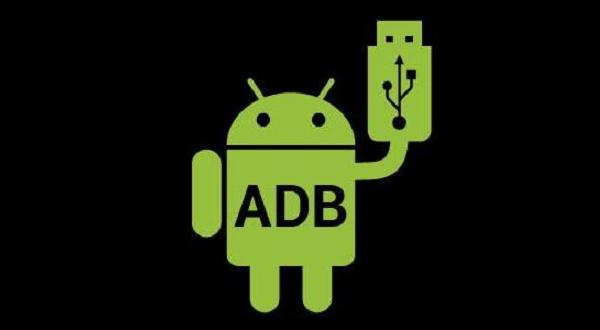Last Updated on February 25, 2024 by Mathew Diekhake
Users must learn how to use Android Debug Bridge (ADB) and the Android Software Developer Kit (SDK) if they want to start installing custom ROMs, root a device or unlock the bootloader. There are other tutorials you can follow the help with flashing official stock firmware to devices too! It’s not always necessary for every Android device. The Samsung range of smartphones and tablet don’t use either of the two names. Instead, they are more familiar with using the Odin tool. However, if you are using any of the Motorola phones such as the Moto X, HTC or Nexus range, then you’ll need to apply the following.
If you want to get the most out of your device, including developing new applications for mobile, you must apply the ADB commands first.

SDK and ADB are available for all the major operating systems including Windows, Linux and Apple’s Mac machines. To simply the post we are chopping it down and only doing one OS per post. The following is for all Windows users only. Do not apply the same steps for any of the other devices.
There are two different methods we are showing you for Microsoft Windows. As usual, developers love to create options for Windows computers because they are the most people. Where there are people there are third-party developers. We are listing the guide in order from easiest to hardest. The first guide is newer than the second. The more traditional guide is the last.
Before applying the following, you should understand that SDK always has some basic system requirements. You can read up on what’s required from this post.
Those of you here for developing application after installing the following should download the Eclipse IDE from here. Likewise, you want the ADT plug-in from here.
The Eclipse is only for developers. If you are planning on installing custom ROMs, other kernels, unlocking the bootloader or any other task, you don’t have to worry about installing Eclipse.
XDA Developers is a popular website where the third-party developers love to hang out and share their work with readers. That’s where we found member Snoop05 who has come up with a new tool called “15 second ADB Installer.”
All you must do is download the 15 seconds ADB Installer or from the mirror link here. Turn on your computer and download the executable files to the desktop. Double-click the file and wait until it opens. Now follow the on-screen instructions that present themselves after the file opens. It doesn’t get simpler for Windows!
The next option is by using a tool called Minimal ADB and fastboot. You can credit another XDA member for this work. The developers name is shimp208. Download the Minimal_ADB_fastboot_v1.4.3_setup.exe file from the link to the desktop of the computer. Look for the shortcut appearing on the desktop. Double-click the icon and launch the new program.
The last and most complex method is by using the command. Many people using the commands because that’s half the fun. What is the long way around for some is still the most efficient for others, so you choose the way you feel most comfortable.
- Download the suitable Android SDK package for Windows here.
- Do not extract to the desktop. rather extract it to the C:\ Drive
- Double-click on the SDK manager
- Check all the boxes are left unmarked.
- Select Android SDK Platform-tools option.
- Accept the licensing agreements and continue with installing the program.
- Go to C:\android-sdk-windows\platform-tools
- Go back to the computer and right-click on the Computer. Select the ‘properties” option.
- Select the Advanced System Settings option.
- Go to the “Advanced” tab
- Select “Environment Variables.”
- Pick the “path” variable.
- choose to edit the path.
- Insert the path from where you found C:\android-sdk-windows\platform-tools
- Select the “OK” option after you finish editing.
- Open up the command prompt and type the ‘adb” command to check it’s working.
That’s it.
